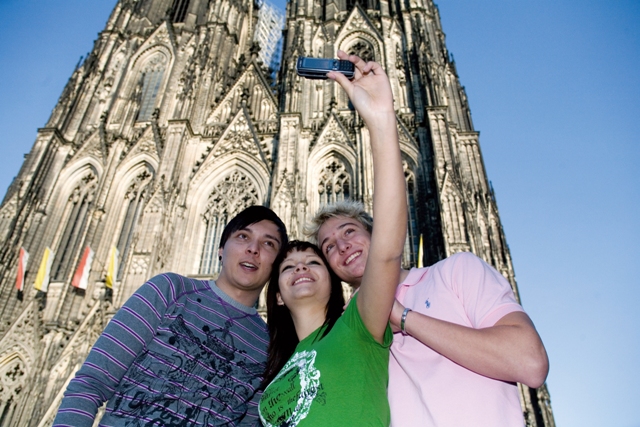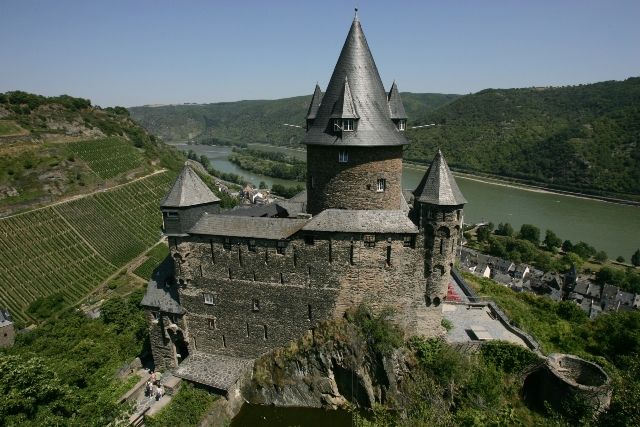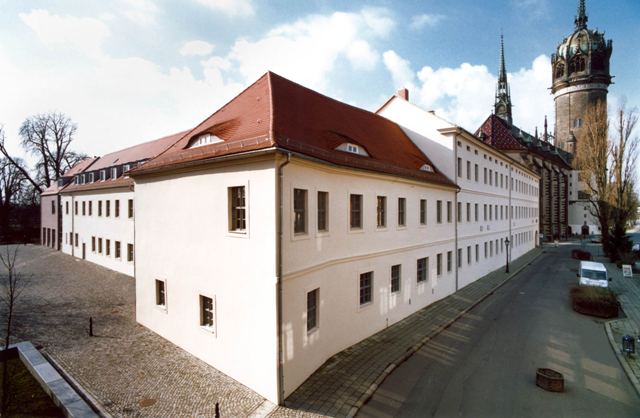In Germany 38 World Heritage Sites have been included on the UNESCO World Heritage List. It ranges from the well known Cologne Cathedral to a unique Pit Fossil Site, from the Roman buildings in Trier to the Coal Mine Industrial Complex in Essen. They are reflecting more than 6.000 years of history. From the first houses in the stone age, built on piles at the lake Constance, up to the Bauhaus architecture and factories of the present time. Cloisters, chateaus, museums, gardens and impressive gardens are inviting to learn more about the cultural diversity of Germany.

On an international bais there are 981 cultural and natural sites from 160 states listed on the UNESCO World Heritage List. Buildings, urban areas and archaeological sites, monuments to industrial history and cultural landscapes can become part of the world cultural heritage. World natural heritage covers important ecosystems, testaments to evolutionary history, natural paradises and protected reserves for animals and plants.
Since its launch in 2005, the UNESCO World Heritage Day has been celebrated in Germany each year on the first Sunday of June. All sites in are invited to join the celebrations. Every year one site organises a central event.
Now, the
UNESCO World Heritage Sites in Germany and the
German Youth Hostel Association (DJH) have agreed upon a close cooperation. The aim is to raise public awareness of German World Heritage sites not only as places of extremely careful conservation work, but as well as crucial mediators of the UNESCO-ideals. Hence, central themes of the World Heritage Day are cultural dialogue and encounter.
For Youth Hostels it is very easy to gain this aim, because they are to be found in the neighbourhood of all Heritage Sites. Moreover, they offer packages to the guests to experience the beauty and the meaning of the acquisitions.
Selected examples:
The Youth Hostel in Tönning in the northern region of Germany is ideal to explore the nature of the Wadden Sea. A special trained person for environmental themes is able to guide groups to the sea side. There are a laboratory and other articles to speak of a real study place.
In Wittenberg the Youth Hostel is part of the palace, side by side to the church where Martin Luther, the german reformer, has put up his 95 thesis. There are several programmes like „Meals like the time of Luther“ and „The Middel Ages for a touch“. In the year 1517 Wittenberg was the starting point of the Reformation. In 2017 many events will remind of the jubilee.
World Heritage of the Upper Middle Rhine Valley has a length of 67 kilometres. At the banks of the large river there are seven Youth Hostels to be found. The Youth Hostels in Rüdesheim, Bingen, Bacharach, Kaub, Oberwesel, St. Goar, und Koblenz are offering tours by ship, by chair-lift and walking tours with GPS equipment. Guests can start a journey back into former times, wearing „medieval“ clothes and listening to old tales.
The Youth Hostel in Kaub is located in a 200 years old custom office. The
Youth Hostel in Bacharach ist a castles, erected in the 12. century. Like all the others it has been completely refurbished and offers modern standard like sleeping rooms with ensuite bathrooms. Onther example is the fortress Ehrenbreisttein in Koblenz, high above the confluence of the rivers Rhine and Moselle.


